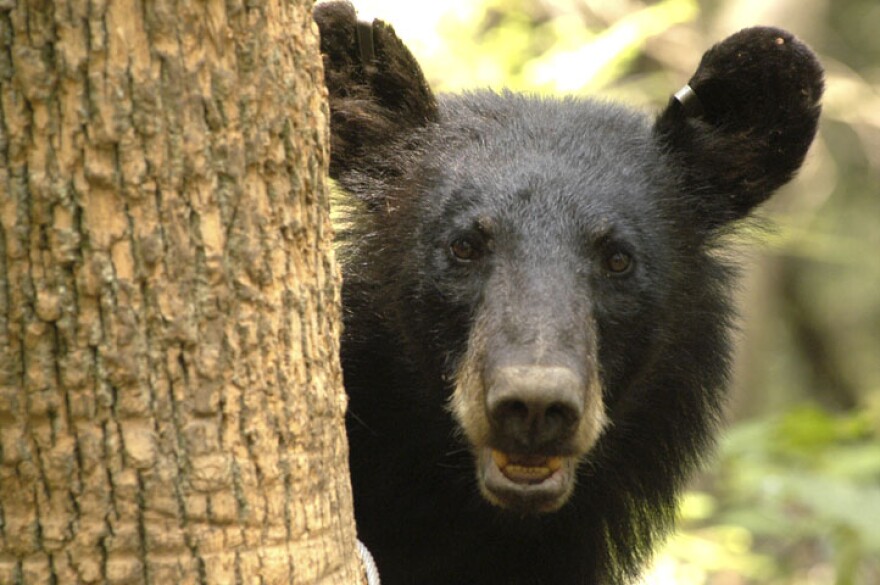Humans have a complicated relationship with large carnivores. We enjoy viewing these charismatic species in nature, but not in our trash bins. But recreational hunting may help foster coexistence between humans and large animals where our habitats increasingly overlap.
New research out of Utah State University indicates that recreational harvest and targeted removal of black bears reduces the likelihood of conflict with humans -- conflicts that range from bears foraging in dumpsters to attacks on people. Using data collected from 3,500 black bears and 26,500 human-bear conflicts in New Jersey, the research suggests that lethal management may be good for humans and bears.
Jarod Raithel, a Ph.D. student at Utah State University, and the studies lead author told UPR that "in the mid 90s there were approximately 500 bears in northwestern New Jersey. By 2010 [there were] 3,200 to 3,400 bears, on par with rich salmon streams in Southeast Alaska. So the management goal is to stop population growth. Harvest does not represent a risk. The probability of localized extinction of this population of black bears is extremely low.”

In the study Raithel and his colleagues highlight historical data collected from the New Jersey black bear population, which shows that human-bear conflicts decline by about 20% the year after a harvest occurs. They also rise by about 20% in years after which there was no harvest. Using recreational harvest and targeted management to reduce conflict without affecting the health and well-being of a population is a very old idea in ecology, but may be particularly relevant in growing urban areas with increasing overlap between people and wildlife.
“In ecology we often talk about ecological carrying capacity of the system. That is to say how many black bears can the forest support? But what may be more important in the 21st century is estimating cultural carrying capacity: How many black bears can society - can the culture living alongside these bears - how many can they tolerate,” said Raithel.
According to the study, nuisance bears are 7% more likely to be removed through harvest than non-problem bears. The disproportionate removal of nuisance bears by harvest suggests that it can be an efficient way to reduce conflicts.
“If we can us harvest as a selective tool to remove those bears that have a history of getting into trouble, then perhaps over the coming decades we can actually increase the culture’s carrying capacity for bears, and therefore increase the viability of the species,” said Raithel.
The study was published in the Journal of Applied Ecology and is available behind a paywall. The press release can be found here.







